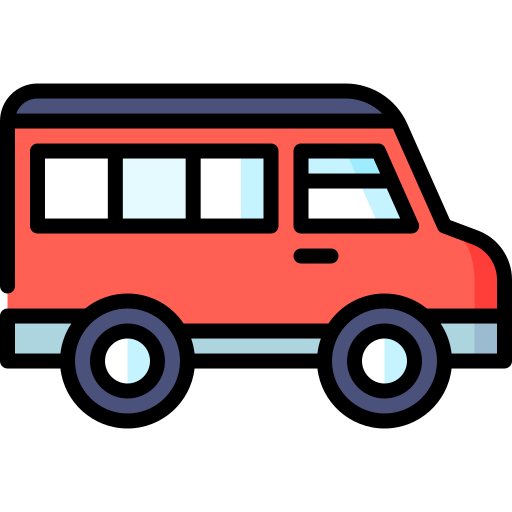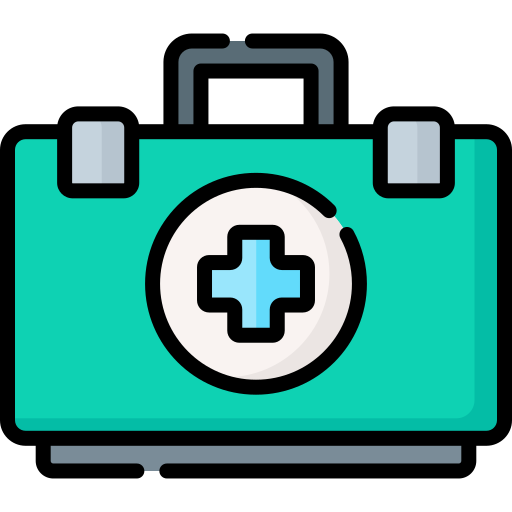
Explore the serene beauty of Manali, Jibhi, &Tirthan Valley on a 4N tour. Experience nature, adventure, & tranquility in the heart of Himachal Pradesh
1.Breathtaking Winter Views: Kedarkantha offers stunning 360-degree views of snow-clad peaks, including Swargarohini, Black Peak, and Bandarpoonch, especially during the winter months when the region is blanketed in snow.
2.Perfect for Beginners: This trek is ideal for beginners, with well-marked trails and moderate difficulty. It gives a great introduction to trekking in the Himalayas.
3.Dense Pine Forests: The trek takes you through dense pine, oak, and maple forests, providing a peaceful and scenic journey before reaching the snowline.
4.Mesmerizing Clearings: Beautiful campsites like Juda ka Talab and Kedarkantha Base offer vast open clearings amidst snow-covered meadows, creating an ideal spot for stargazing.
5.Summit Experience: The Kedarkantha summit (12,500 feet) is a steep climb but rewards you with panoramic views of the surrounding peaks and valleys, making the effort worthwhile.
6.Snow Adventure: Trekking through knee-deep snow, especially near the summit, adds a thrilling winter adventure element for all trekkers.
7.Cultural Insights: The trek passes through quaint Himalayan villages, offering insights into the Garhwali culture and hospitality.
8.Accessible All Winter: Kedarkantha is one of the few Himalayan treks that remains accessible during peak winter months, making it a popular destination for snow lovers.
9.Stunning Sunrises: Watching the sun rise from the Kedarkantha summit is a surreal experience, as the golden light touches the surrounding peaks and snow-covered slopes.
10.Adventure with Safety: Despite the snow and high altitude, the trek is considered safe and manageable with proper gear and guides, making it a popular choice for solo trekkers and groups alike.
Accommodation(2-night stay in Manali + 2-night stay in Tirthan)
8 Meals (4 Breakfast, 4 Dinner)
All transfers and sightseeing as mentioned in the itinerary
Transfer to/from Delhi by Tempo Traveller
Bonfire and music Party
Tour curator
Any other Food and Beverage charge that is not included in the package.
Any other expense not included in the inclusion column.
Any other costing involved due to natural calamity forced circumstances which are out of our control
Any entry tickets to the viewpoints.
Early check-in at the hotel.
GST (5%) is applicable extra on booking prices.
| Sharing | Regular Batches Per Person Price |
Christmas & New Year Trip Batches Per Person Price |
. |
|---|---|---|---|
| QUAD SHARING (4 person per Room) | |||
| TRIPLE SHARING (3 person per Room) | |||
| DOUBLE SHARING (2 person per Room) |
Backpack (Min 55 Ltrs with rain cover): You must pick a good quality backpack with a comfortable fit and straps that won’t give you shoulder pain. You can check out your nearest Decathlon store for a good trekking backpack.
Day backpack (20 – 30 Ltrs): When you head towards the summit, you are required to carry only a few necessary items and for that, you need a day backpack as you will leave your bigger one on the campsite.
Floaters or Sandals: Although the entire trek requires a good quality shoe, you still need to let your feet breathe to avoid chafing and blisters. When you are at the camp, a good pair of sandals and floaters will help you to move freely.
Trekking Shoes: A good trekking shoe is comfortable, provides ankle support, and has a good grip as well. They shouldn’t be chunky, instead, they should be lightweight and sturdy.
3 Quick Dry Tees: You must keep at least three pairs of quick dry tees so that you can wash them in between stops for proper hygiene.
2 Track Pants: A good pair of track pants made of polyester will let your skin breathe. They’re lightweight, dry easily, and comfortable to walk around in. You can easily avoid chafing and rashes by investing in a good pair of track pants.
3 Pair of Cotton Socks: Cotton socks are extremely comfortable to move around in and are lightweight as well which is why you can always count on a good pair of cotton socks while trekking. However, keep in mind to change them and avoid wearing them when they are wet.
1 Pair of Woolen Socks: A good pair of woolen socks, especially merino, are comfortable, limit odors and provide adequate insulation from the cold so you can wear them at night.
1 Poncho: A poncho is an evolved form of a raincoat that provides coverage to your body as well as your bag and ensures total water protection from rain.
1 Heavy Jacket: It’s emphasized that you need to carry proper layers so you can avoid getting cold which is why you need to carry a heavy jacket that you can put on over your other clothes.
1 Pair of Thermal: Thermal is a piece of garment that helps in keeping your body warm in cold temperatures. It is a necessary item that you need when going on a high-altitude trek.
Quick-dry towel: A quick dry towel will help in maintaining proper hygiene. It must dry quickly because the wet fabric will only increase the chance of bacterial growth.
Windproof Jacket: As you ascend towards high altitude, you get hit by chilly winds and a windbreaker jacket is designed to resist them. They are lightweight and are made of synthetic fibers.
Woolen Cap: A woolen cap will help prevent cold when you ascend to high altitude. You can also cover your ears to avoid any pain and discomfort you might face in them when going at high altitudes.
Gloves: Insulated gloves help in maintaining proper body heat in your hands and also provide a better grasp on trekking poles.
Sun Cap: A lightweight sun cap with side flaps is perfect to keep your head cool and avoid sunburns on a sunny day.
1 Scarf or Balaclava: Along with sun rays and chilly winds, you also get hit by dirt and grime during treks which is why it's important to carry a scarf or balaclava so you can cover your face when needed.
Lip Balm: Your lips can become chapped due to the harsh cold winds so it's important to keep them moisturized.
Cold Cream & Sun Screen (SPF 40+): To avoid sunburns and chafing, you need to put on sunscreen as well as cold cream.
Antibacterial powder: To avoid rashes that develop from a bacterial infestation in your armpits and other parts of your body.
Water Bottle 1 Lt.: Hydration is extremely important when it comes to trekking. Carrying a water bottle that you can refill with Himalayan water is a must.
Headlamp or torch: You can’t rely on moonlight when you are in the mountains. A torch or even a headlamp with a fresh pair of batteries is always a good idea to bring along.
Bag for all your Toiletries: A bag with all your essentials including napkins, toothpaste, sanitizers, paper soap, etc should be carried in a ziplock bag.
Personal Medications and basic medical kit: A few cuts and bruises are almost inevitable when you are on a trek so carrying a medical kit with bandages, Dettol, etc is necessary.
Dark Sunglasses / People who use spectacles (Use Photochromic glasses instead of contact lenses): Photochromatic glasses are specs that are designed to transform into anti-glare shades depending upon exposure to the sun. They are good when it comes to eye protection but one can also opt for clip-on glasses etc.
Trekking Pole: The trekking pole assists in more than one way. It saves energy while also providing stability and helps you to maintain proper balance.
Documents: Identification proofs like Aadhar Card, Drivers License.
Extra Polythene: In case your clothes get wet or your garments don’t dry, you can carry them in polythene. However, make sure that all the plastic that you are carrying into the woods leaves with you. Don’t litter in the mountains.
Camera: This should be obvious. To make sure that you get to capture all the great moments from your trek. Make sure that you have enough storage and some extra batteries as well.
| Gadgets | : Camera , Cell phones , Power Bank |
| Gears | : A rucksack bag and a day pack , 3-litre water bladder or water bottle |
| Clothes | : A sun cap and a woolen cap , UV protected sunglasses , One cotton long sleeves and 2 short sleeve t-shirt , 1 fleece jacket , 1 heavy Thick jacket/down jacket , 1 pair of gloves At least 2 long pants (trek pants and cargo pants are favourable) , 4 sets of undergarments , 2 pair of socks , A small towel , A rain jacket or a poncho |
| Footwear | : Above-the-ankle waterproof and breathable hiking boots with good grip , Flip flops/sandals |
| Medication | : Glucose powder , Medicines for headaches, diarrhoea, muscular pain, motion and altitude sickness , Dettol , Bandages , Cotton |
| Personal Accessories | : Toothpaste , toothbrush , Paper soap & sanitizer , Sunscreen minimum of spf40 , lip balm , cold creams , Body spray |
| Misc | LED torch light |
 21000 +
21000 +
 PAN India
PAN India
 250+
250+
 4000+
4000+
 Medical &
Medical &
 Organized
Organized